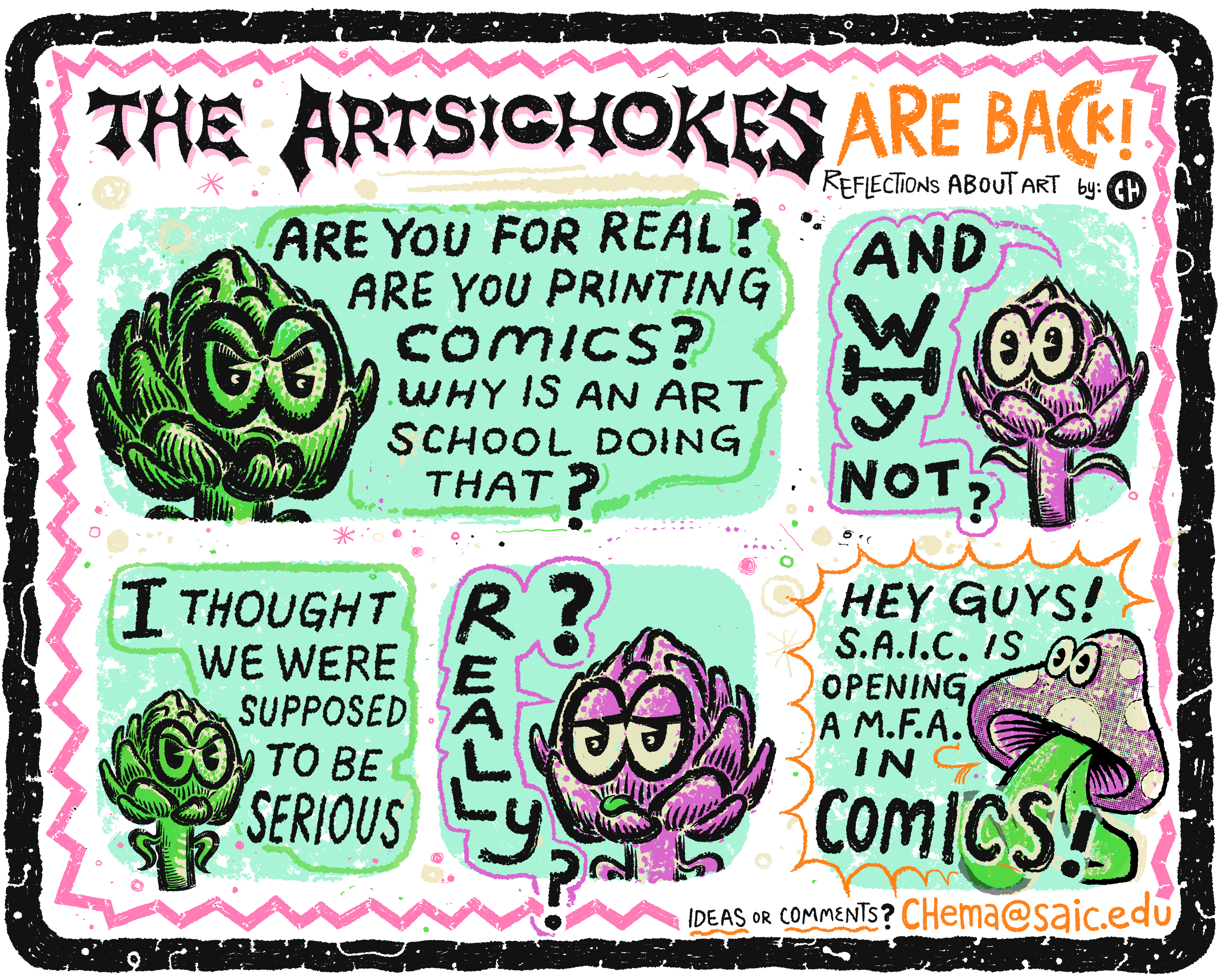
Ustad Naseeruddin Saami performs on stage in front of a microphone, bathed in purple light. Photo provided by the South Asia Institute, credit to Ustad Naseeruddin Saami.
Ustad Naseeruddin Saami, a name that resonates deeply within the world of South Asian classical music, is a living legend. With mastery in both khayal and dhrupad, two traditional and challenging forms of South Asian classical music, Ustad Saami stands as a custodian of the Delhi Gharana musical tradition — a lineage that stretches back centuries.
Ustad Saami’s life’s work not only includes preserving this rich heritage but also sharing it with the world, through international performances and the meticulous training of students. In a beautiful musical collaboration hosted by the South Asia Institute, listeners had the opportunity to experience his music firsthand, accompanied by his talented sons, the Raag Brothers.
Attending a South Asian classical music performance is an experience in and of itself. It isn’t your typical modern concert with flashing lights, elaborate costumes, and choreographed dance numbers set to a pre-recorded track. South Asian classical performances are raw, intimate, and utterly immersive. In “Ruhani Raag,” the performers sit humbly on the floor, the lead singer — Ustad Saami — positioned at the center, microphone in hand, letting the music flow through him as if it’s an extension of his being.
As the performance unfolded, a strong family connection could be seen woven into the songs. Moments of shared laughter and subtle glances revealed the deep bond between father and sons. During a particularly challenging passage, Ustad Saami looked over at his sons with evident pride, creating a touching moment for the audience to witness.
The performance wasn’t just about technical brilliance — it felt like an intimate family collaboration, making the traditional music even more meaningful. The brothers, fully in sync with their father, seemed to carry the music alongside him, creating not just a show, but a legacy onstage.

Ustad Naseeruddin Saami sings beside his other performers. Photo provided by the South Asia Institute, credit to Ustad Naseeruddin Saami.
With only the gentle strumming of the sitar, the steady pulse of the tabla, and the haunting melodies of the harmonium to accompany them, each note felt deliberate and profound. Every harmony was rich, every tone resonated with emotional depth.
As the final notes of the performance faded, a moment of stillness settled over the audience, as if no one wanted to break the atmosphere that had been created. Then, the crowd broke into applause, not just for the musician’s skill, but in recognition of something deeper: the preservation of a tradition passed down through centuries. Ustad Saami and his sons humbly accepted the applause, exchanging modest glances, aware of their role as keepers of the Delhi Gharana’s rich heritage.
After the performance, several older audience members connected to the tradition approached Ustad Saami. There was a shared feeling of concern about how difficult it is to learn and keep alive the art of khayal and dhrupad today. Some spoke of how, in a world dominated by faster and more accessible forms of music, these intricate styles are fading.
In conversations among audience members afterwards, I heard people discuss the rarity of seeing someone teaching and performing this music today, mourning the possibility of loss.
This performance was a living testament to the enduring legacy of South Asian classical music. Ustad Saami and his sons poured their hearts into every note, carrying the soul of the Delhi Gharana tradition with them. In a world that’s constantly changing, their commitment stood as a reminder of the beauty in preserving and making accessible something so deeply rooted in history. The evening left a lasting impression, emphasizing that while times may change, the spirit of this music must continue to be heard and cherished.




















